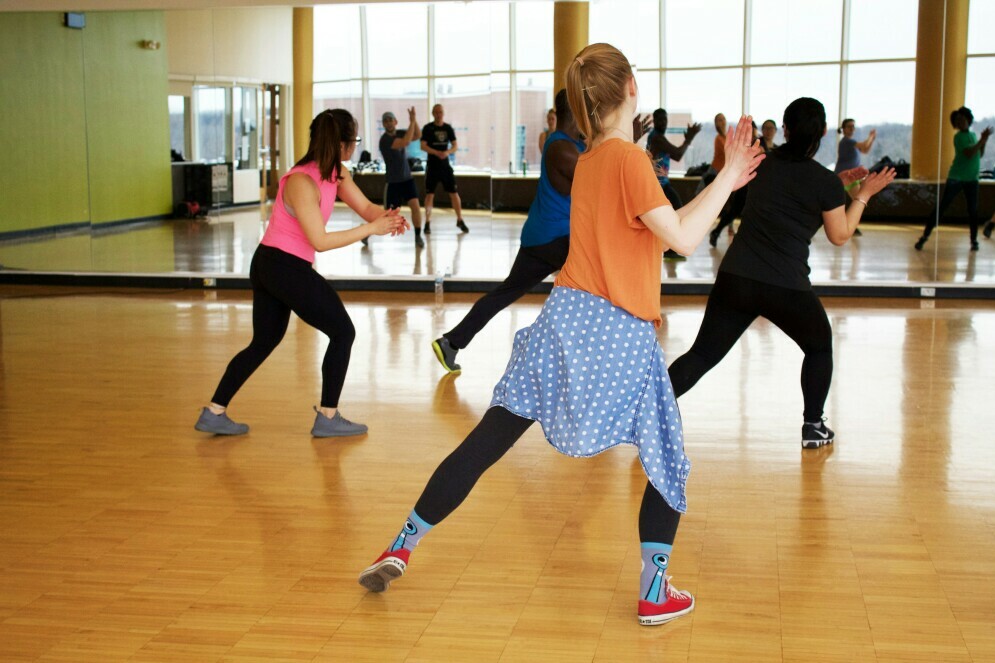I’m going to break down the dynamics of how a ketogenic diet interplays with your exercise routine. The ketogenic diet, or keto for short, is famed for transforming the body into a fat-burning machine by driving it into a state of ketosis. This metabolic state is where your body, deprived of carbs, turns to fat as its main fuel source. If you’re curious about how this shift impacts your energy and exercise performance, you’re in the right place.

Exercise isn’t just about burning calories; on keto, it’s a strategic tool for improving overall health. Think of it as the other half of a powerful duo, where keto sets the stage for weight loss and physical activity accentuates its benefits. Whether you’re looking to build strength, enhance endurance, or simply maintain a healthy eating lifestyle, incorporating exercise into your keto plan is key. And rest assured, I’ll be guiding you through workouts that suit all fitness levels and help you thrive in your keto journey.
Don’t worry too much if you’re new to this. The goal here is to give you a comprehensive understanding of the energy changes you might experience and how to harness them for an effective workout. To ensure we’re on solid ground, I’m drawing on scientific insights about the body’s performance while in ketosis. This includes evidence on muscle adaptation, potential changes in stamina, and the overall impact on workout quality.
Now that you’re familiar with the basics of keto-exercise synergy, it’s time to piece together your very own keto-friendly exercise routine. In the next section, we’ll explore the age-old debate of cardio versus weights in the keto context, craft a balanced workout regimen, and offer personalization tips. It’s going to include a mix of exercises that are not just keto-friendly but also adaptable to your unique fitness level.
Constructing Your Keto-Friendly Exercise Routine
I’m going to guide you through tailoring an exercise routine that’s a perfect match for your keto lifestyle. First up, is it better to focus on cardio or strength training? This is a hot topic among keto enthusiasts. Cardio burns fat, which is great for ketosis, but weight training increases muscle mass, which can boost your metabolism. My take? Balance is key. You’ll want a mix of both to reap the full benefits of your high-fat, low-carb diet.
Let’s put together a workout regime that not only complements your state of ketosis but also caters to your personal fitness goals. Whether you’re just starting out or you’re a seasoned gym-goer, you can adjust this plan to suit your needs. If you’re new to exercise, start with low-impact activities like walking or swimming. As you become more comfortable and build endurance, you can gradually introduce more challenging workouts.
Here are some exercise options well-suited for keto dieters. For beginners, consider brisk walking, light cycling, or yoga. If you are at an intermediate level, you may step up to jogging, moderate weight lifting, or high-intensity interval training (HIIT). Advanced athletes can opt for sprints, heavier weightlifting, or CrossFit. Remember, it’s always a smart move to mix up your routine to challenge your body and prevent boredom.
What’s often overlooked when crafting a fitness plan is the importance of recovery and flexibility training. These elements are crucial, especially on keto, where your muscles might need a bit more TLC due to your diet’s restrictions. Incorporating activities like stretching, yoga, or even foam rolling can help with muscle recovery and flexibility, ensuring you stay injury-free and ready for your next workout.
Fueling Your Workouts on a Keto Diet
Nailing the right nutrition before and after you hit the gym can be tricky when you’re on a ketogenic diet. But I’m here to help you with that. It’s not just about keeping the carbs low—it’s also about getting the right fats and proteins to keep your energy up and recovery times down.
I’m going to talk about why hydration and maintaining your electrolyte balance is crucial, especially when you’re sweating it out. Plus, those on a keto diet might need to pay extra attention to it.
Timing your meals can be a bit of a balancing act. You want to ensure you have enough energy for your workout, but you also don’t want to disrupt the fat-burning process that’s central to keto. I’ll be sharing some tips on how to get this right.
There’s a lot to consider, and everyone’s body responds differently, which is why you need to listen to yours. However, I’ve got some expert advice up my sleeve—dietitians and trainers who know the ins and outs of keto and exercise have shared what works best for their clients.
Monitoring and Adjusting Your Keto Exercise Plan
So now you’ve got your keto-friendly exercise routine up and running. But I’m going to talk about why it’s critical not to set it and forget it. Monitoring your routine and making necessary adjustments is key to thriving on your health journey.
You’re going to find out about the importance of tuning into your body’s signals. If you’re feeling more fatigued than usual, or if your performance in the gym dips, these could be signs that something needs to change. You can always tweak your macro ratios or workout intensity to find what works best for you.
And don’t worry too much about hitting a roadblock or two. It’s all part of the process. Your first attempt at creating the perfect keto exercise plan doesn’t need to be your last. In my opinion, the best plans are flexible and evolve over time.
Choose something that resonates with you when it comes to progress tracking. Whether that’s a fitness app, a workout journal, or simply how your clothes fit, keep a close eye on what’s happening. This will help you make informed decisions about your keto exercise routine.
If you experience persistent issues or can’t seem to get the balance right, it’s alright to reach out for professional advice. A certified nutritionist or personal trainer who understands the ketogenic lifestyle can offer invaluable guidance.
A lot is happening very quickly in the world of health and fitness, and it’s exciting to see how many people have transformed their lives by tweaking their keto exercise plans. Remember, the goal is to enjoy the journey as much as the destination.

When finding out which exercise plan is best for you, it is key to first and foremost do something you enjoy, otherwise you won’t stick to it. Building muscle is key, especially as you get older, so it is always a good idea to incorporate strength training into your routine, but also don’t forget to find time for stretching and relaxation.
The tricky part is finding the balance between strength, flexibility and cardio. And we usually tend to have one of these components better than the others. I wonder if there is a ratio we can use here to simplify things for ourselves.
Absolutely! You’ve highlighted a crucial point. Enjoyment is indeed the cornerstone of any sustainable exercise routine. Without it, sticking to a plan becomes an uphill battle. Incorporating strength training as we age is paramount for maintaining muscle mass and overall health. #StrengthTraining
Balancing strength, flexibility, and cardio can be tricky, as each person’s body and preferences vary. While there’s no one-size-fits-all ratio, listening to our bodies and adjusting our routines accordingly can help find the right balance. Experimenting with different ratios and seeing what works best for you is key. #FitnessBalance
Remember, it’s not just about the physical aspect but also about mental well-being. Including activities for relaxation and stress relief, like stretching and mindfulness exercises, can further enhance the overall benefits of your fitness regimen. #MindBodyConnection
Keep exploring, keep adapting, and most importantly, keep moving! Finding your personal equilibrium is a journey worth embarking on. #FitLife